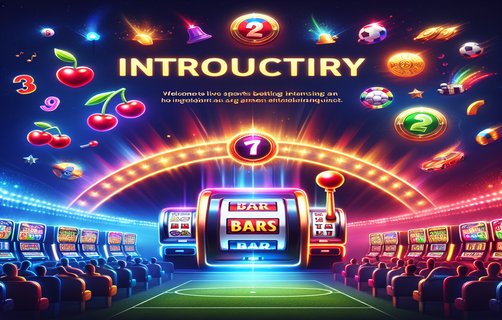The Art of Rummy: Strategies, Insights, and Innovations
Rummy, a classic card game that has evolved over centuries, demands not just luck but a keen understanding of strategies, player psychology, and technological advancements. As practitioners navigate the intricacies of the game, several essential elements come into play that significantly impact their performance and overall experience.
At the heart of any card game is the paytable, which represents the potential rewards of different hands and combinations within rummy. Understanding the paytable is paramount for practitioners seeking to maximize their returns. It acts as a guiding light on which strategies to deploy while also painting a vivid picture of the risks involved. Whether playing casually or in a competitive setting, a well-versed player will often refer to the paytable, not simply as a chart, but as a dynamic tool that helps in making informed decisions.
Success in rummy also comes from the ability to read opponents. Spotting weak players—those who may not be fully grasping the strategies or are overly reliant on luck—can provide significant advantages. A well-honed skill set includes observing opponents' tendencies, deciphering betting patterns, and identifying moments of hesitation. Practitioners should cultivate observation skills as a vital aspect of their gameplay, allowing them to capitalize on others' mistakes while minimizing their own weaknesses.
Just like in poker, having a robust pre-flop strategy is essential. In rummy, this phase encompasses the initial selection and discarding of cards. Effective pre-flop strategy involves evaluating hand strength, assessing potential melds, and making calculated decisions about which cards to keep or discard. A smart player may choose to play aggressively, holding onto multiple combinations to increase their winning potential, or can exhibit patience, waiting for the right moment to capitalize on the game's flow.
The rise of fantasy sports has imparted valuable lessons to rummy practitioners. Just as in fantasy leagues, where analytics and player evaluations are vital, rummy players now engage in researching patterns and trends. Moreover, the crossover of skills—like player assessment and strategic planning—becomes evident. Practitioners can draw inspiration from fantasy sports to refine their approach to decision-making and risk assessment in rummy.

The floating strategy, where players hold onto cards while the game develops, is a nuanced aspect many overlook. It requires patience and foresight, akin to a chess player anticipating several moves ahead. Practitioners who master the floating strategy ensure they remain adaptable, ready to pivot based on how their opponents play, which can often be the difference between a winning and losing hand.

Lastly, integrating technological advancements in casino settings enhances the rummy experience. With innovations like live roulette and digital platforms, players now find themselves immersed in a blend of classic gameplay and modern convenience. These platforms offer real-time statistics, social interaction, and seamless access to games, fostering a more engaging environment for practitioners. The fusion of technology and strategy signifies a new era in card games, where practitioners can leverage tools that were previously unavailable.
In sum, mastering rummy transcends mere card play; it becomes an art form enriched by strategy, keen observation, and the adoption of innovative technology. The journey of a rummy practitioner is not just about playing the game but continually evolving, adapting, and refining their skills to thrive in ever-changing landscapes.
